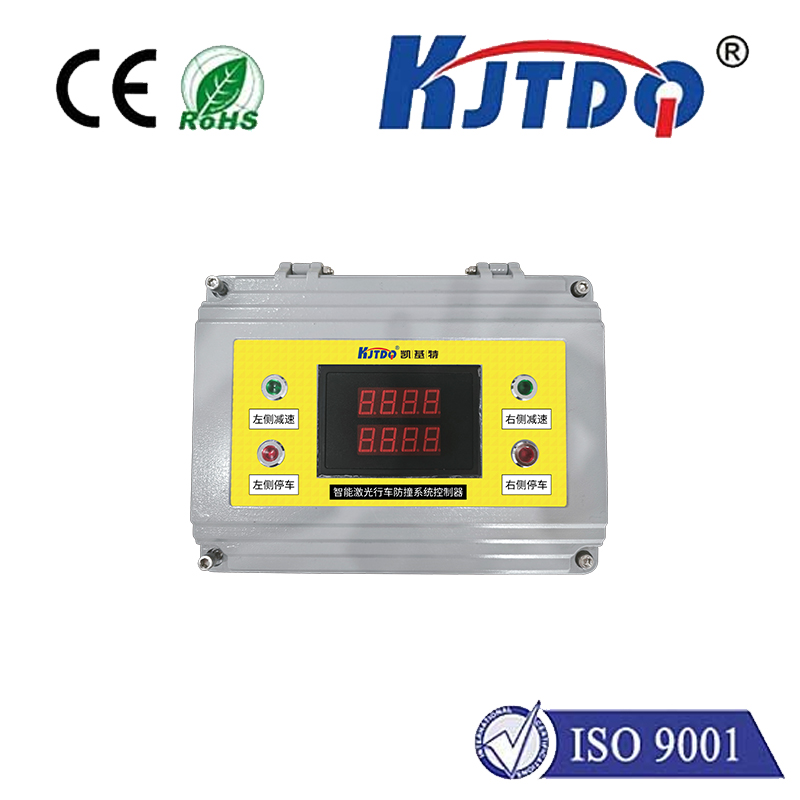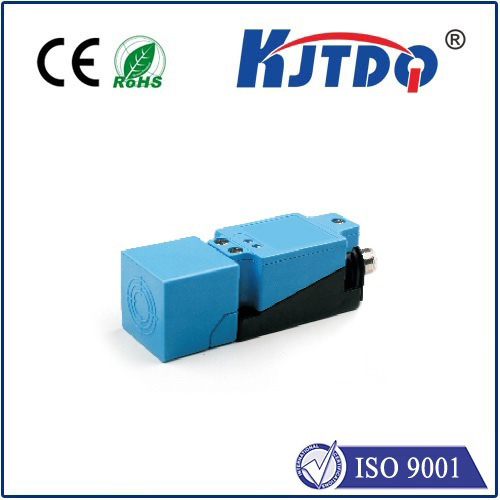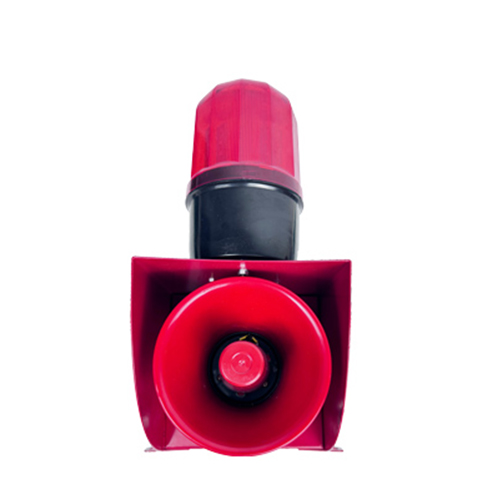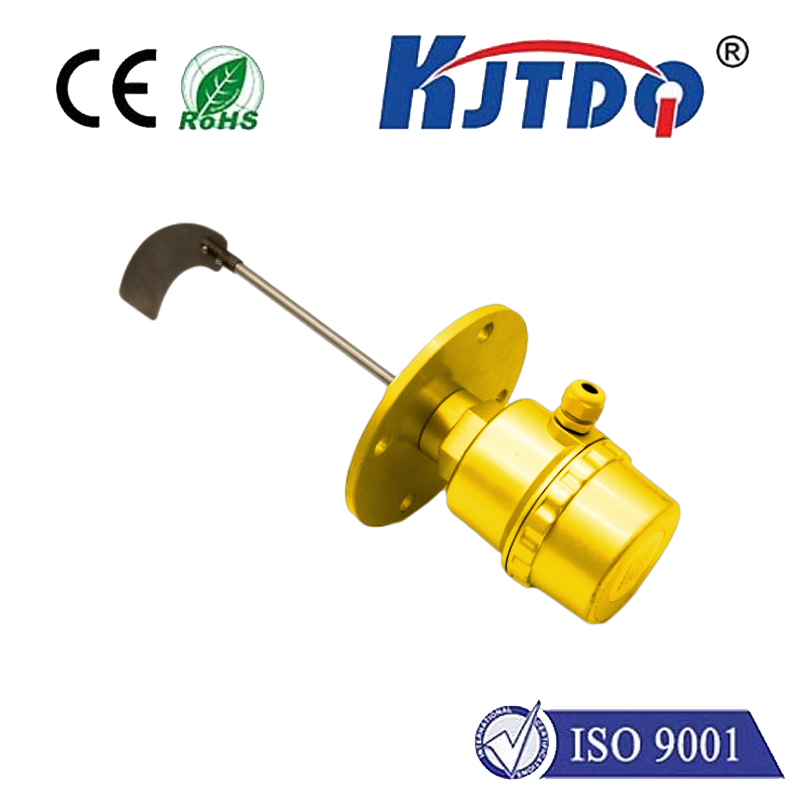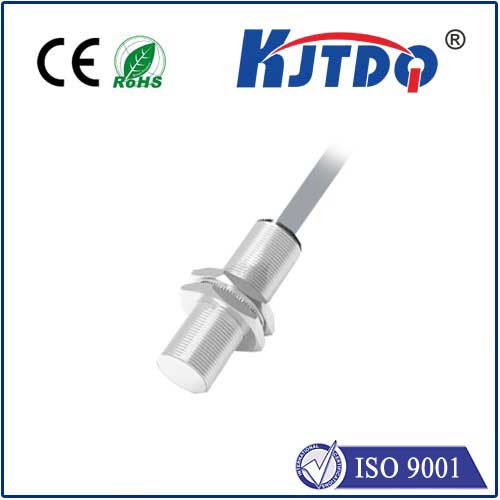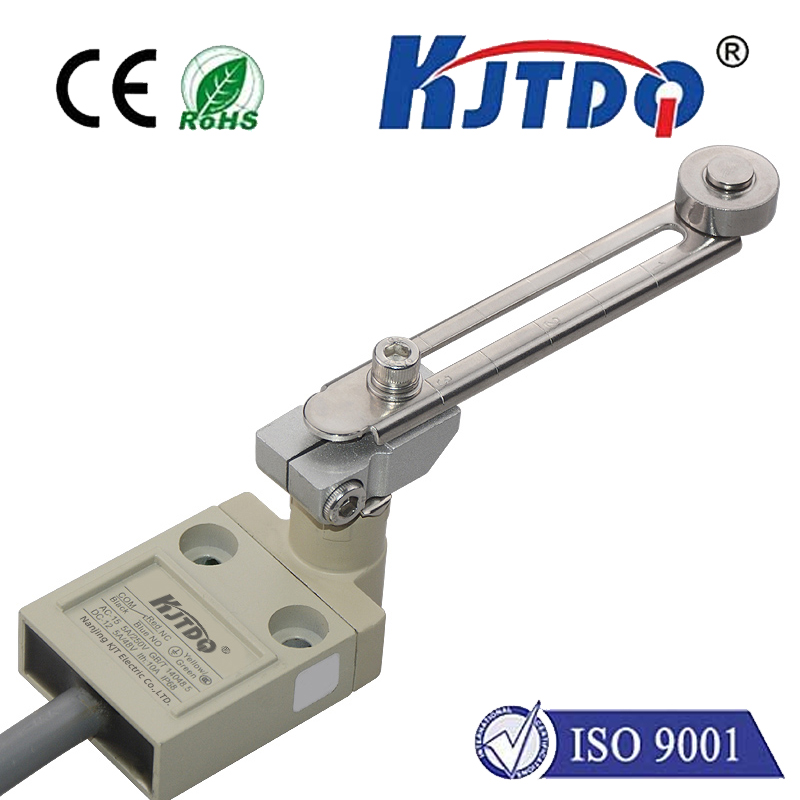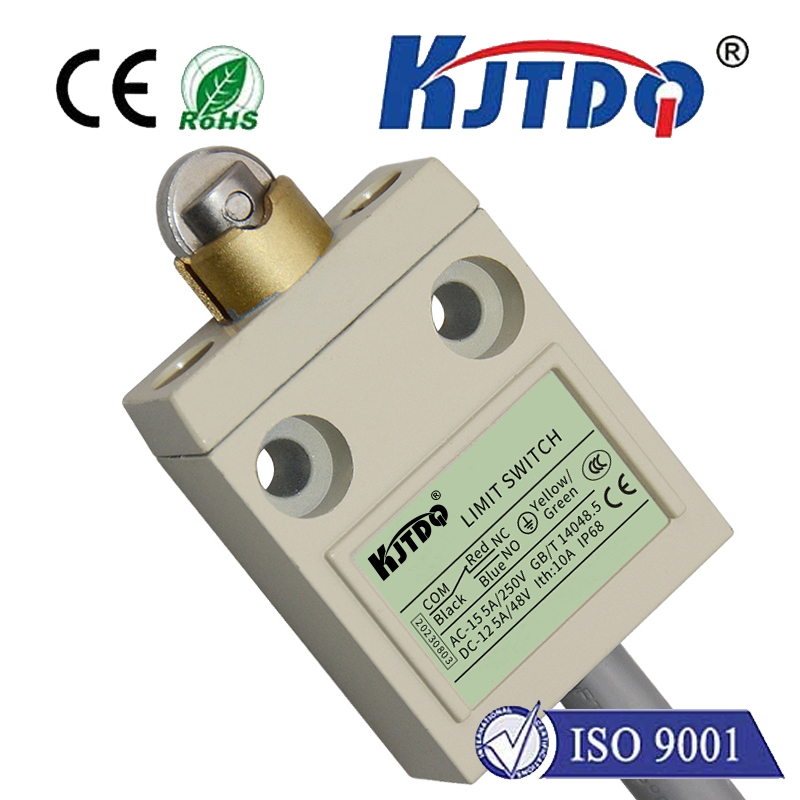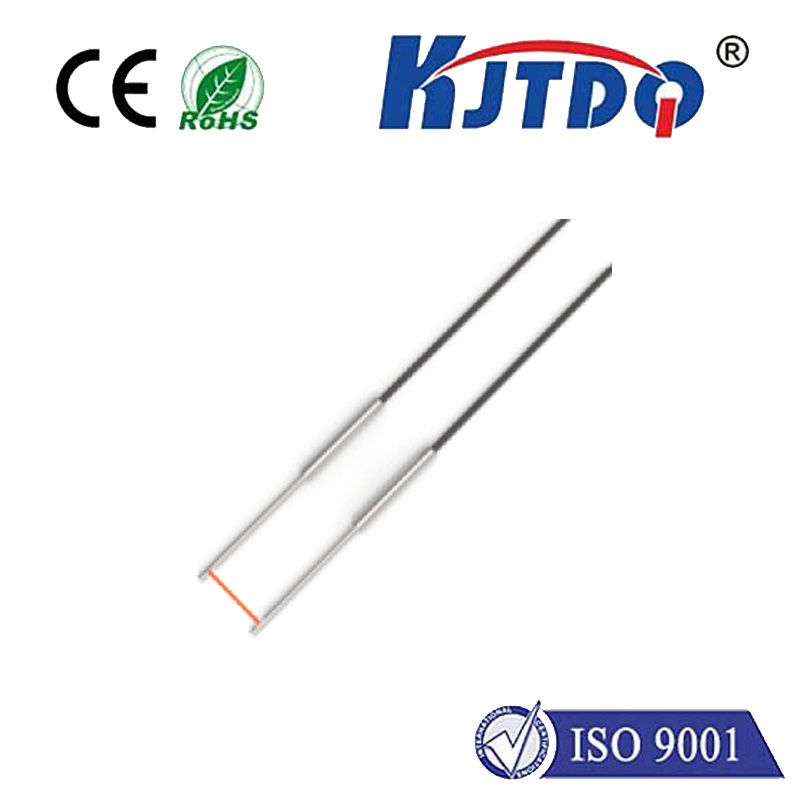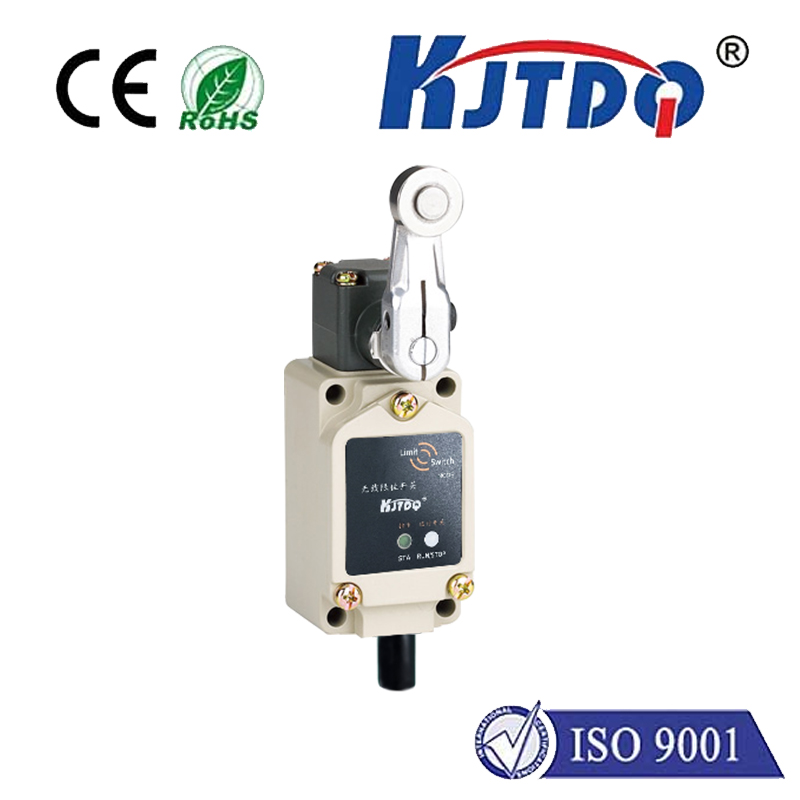

check

check

check

check

check

check

check

check

check

check
Limit Switches vs Proximity Sensors: A Comparative Study
In the world of automation and industrial control, limit switches and proximity sensors are two crucial components that play a vital role in monitoring and controlling machine movements. These devices serve as essential tools for ensuring precision, accuracy, and safety in various applications. While both limit switches and proximity sensors have their unique characteristics, they often get confused due to their similar functions. In this article, we will delve into a comparative study between these two devices to understand their differences and how they can be best utilized in different scenarios.
Firstly, let's define what a limit switch is. A limit switch is an electromechanical device used to detect the presence or absence of an object within its sensing range. It works by physically coming in contact with the target object, which activates or deactivates an electrical circuit. This mechanism makes it ideal for applications where physical contact with the object is necessary or acceptable.
On the other hand, a proximity sensor operates on a non-contact basis, using electromagnetic fields to detect the presence or absence of an object. Unlike limit switches, proximity sensors do not require physical contact with the target object, making them suitable for applications where there is no room for mechanical contact or where the object being sensed is too delicate to withstand contact.
One significant advantage of proximity sensors over limit switches is their ability to work at higher temperatures and in harsher environments. This is because they do not rely on physical contact, which can wear down over time due to friction and exposure to extreme conditions. Additionally, proximity sensors offer faster response times than limit switches since they do not need to physically move to detect the presence of an object.
However, when it comes to durability and reliability, limit switches often outperform proximity sensors. Since they operate through direct contact, limit switches are less likely to be affected by environmental factors such as dust, moisture, and contaminants. This makes them ideal for applications where reliability is paramount, such as in heavy machinery or industrial processes.
In terms of cost, limit switches are generally more affordable than proximity sensors. This affordability makes them a popular choice for budget-conscious applications where precise positioning is not a critical requirement. On the other hand, proximity sensors may be a more cost-effective option in situations where high precision and fast response times are needed since they can save time and reduce downtime caused by mechanical failures.
Finally, it's worth noting that the selection between limit switches and proximity sensors ultimately depends on the specific requirements of the application at hand. For instance, if you need to detect the presence of an object without physical contact or in harsh environments, then a proximity sensor would be the more suitable choice. Conversely, if you require a durable and reliable solution that can withstand physical wear and tear, then a limit switch would be a better fit.
In conclusion, while both limit switches and proximity sensors serve similar functions in monitoring and controlling machine movements, they possess distinct characteristics that make them suitable for different scenarios. By understanding their advantages and limitations, engineers and designers can make informed decisions about which device to use based on the specific needs of their application.
